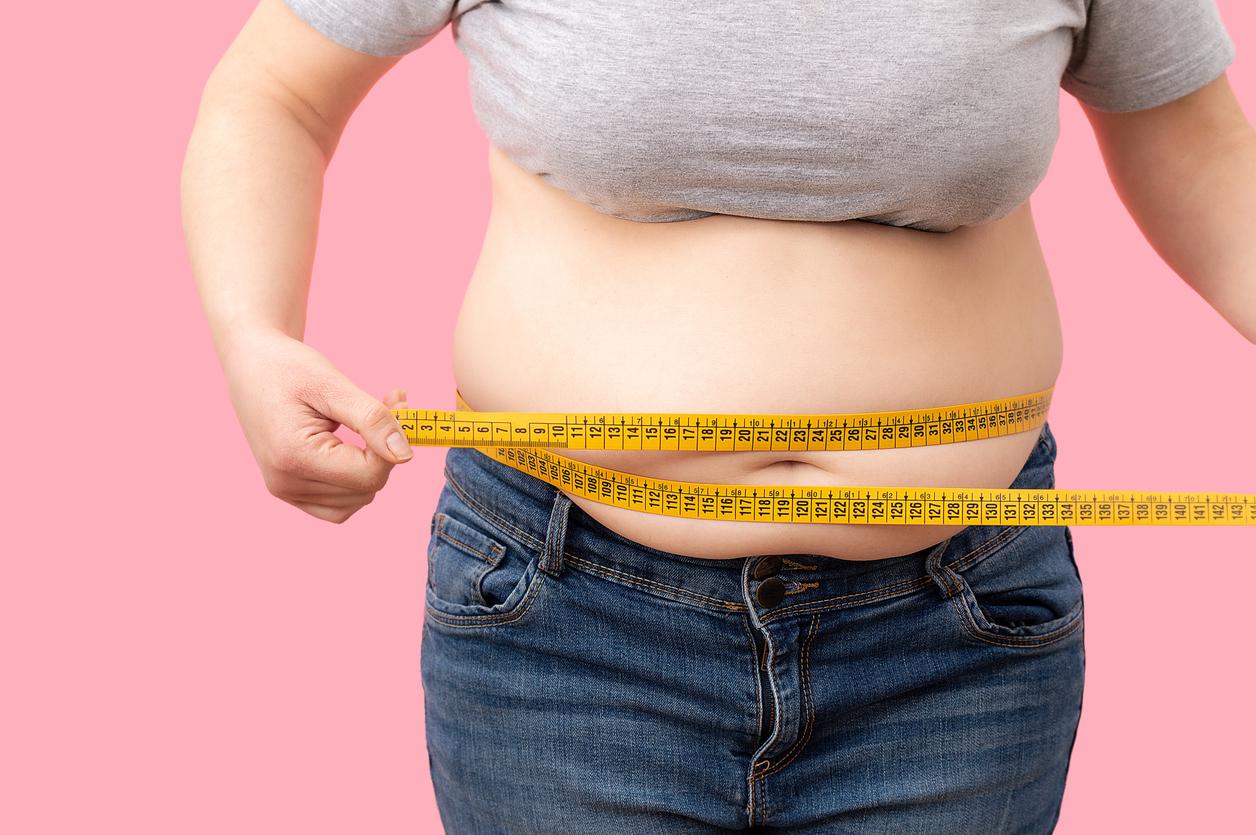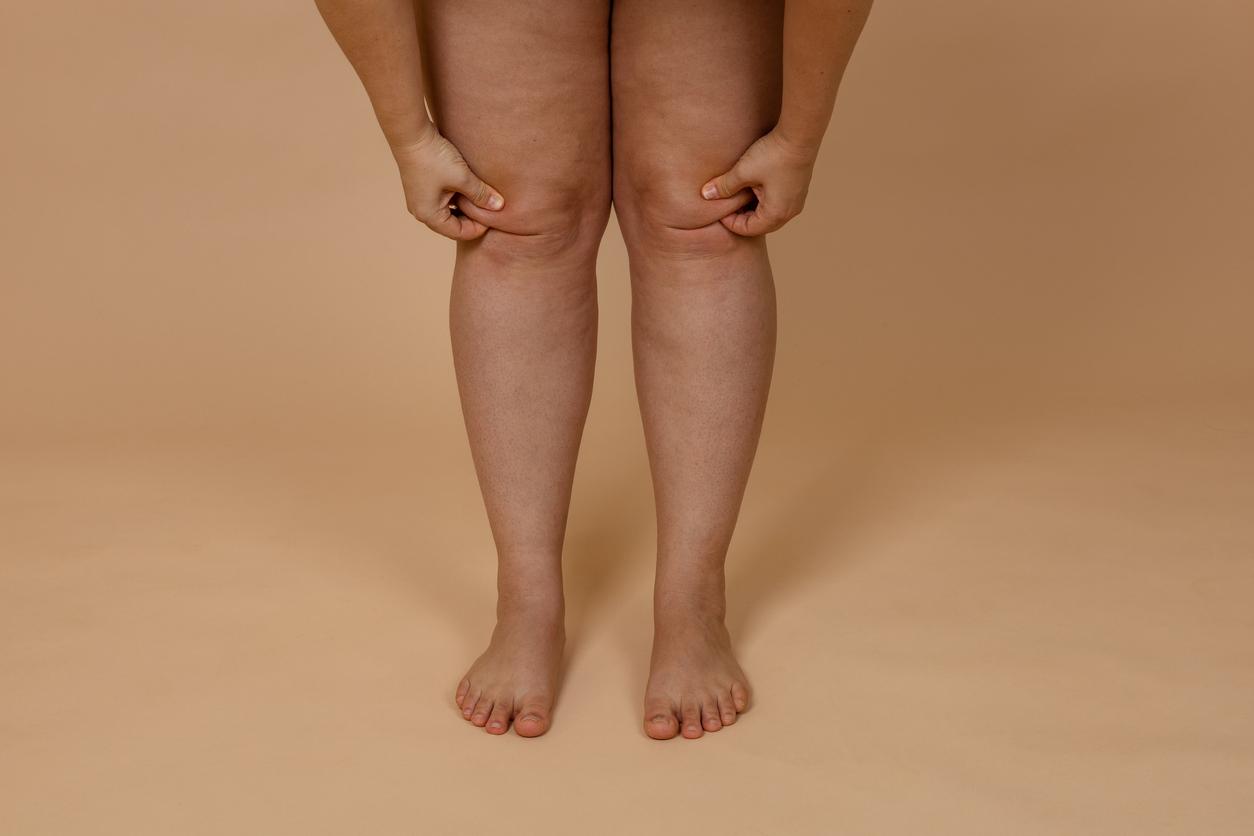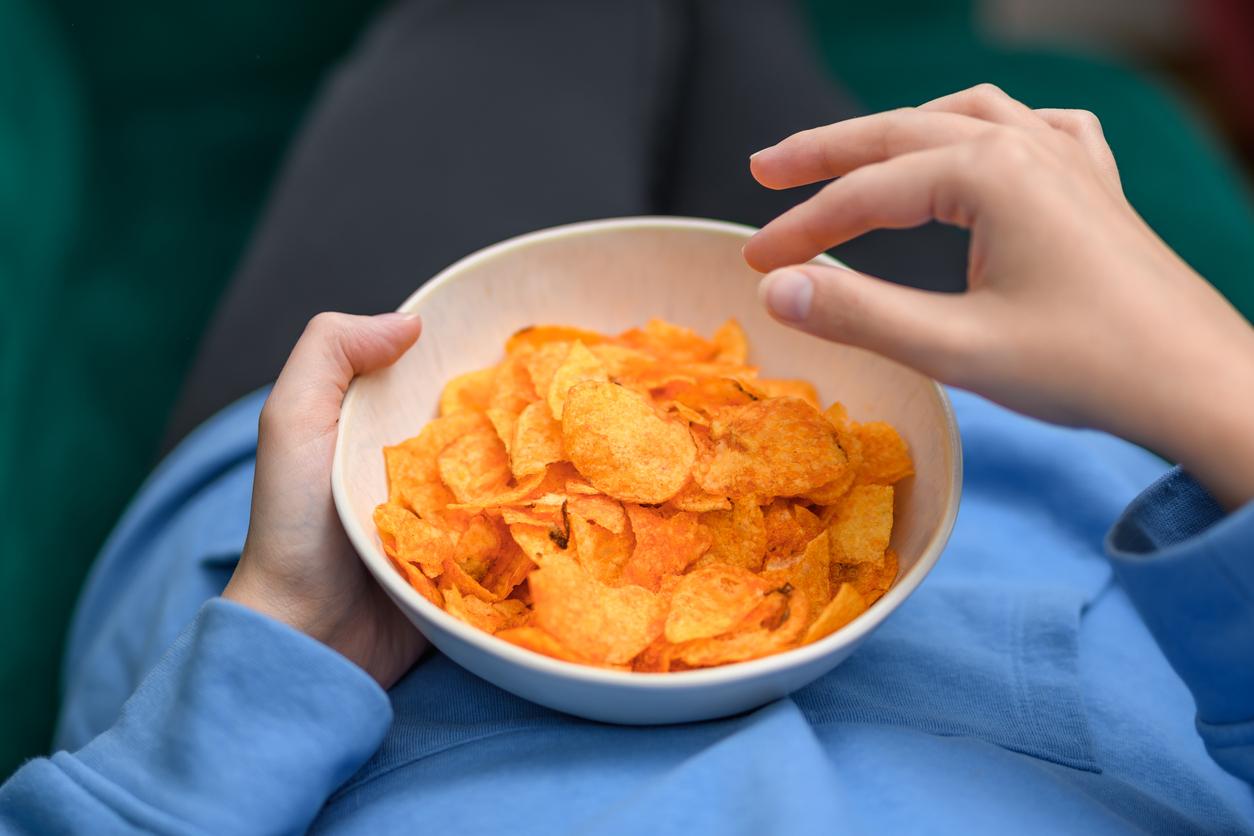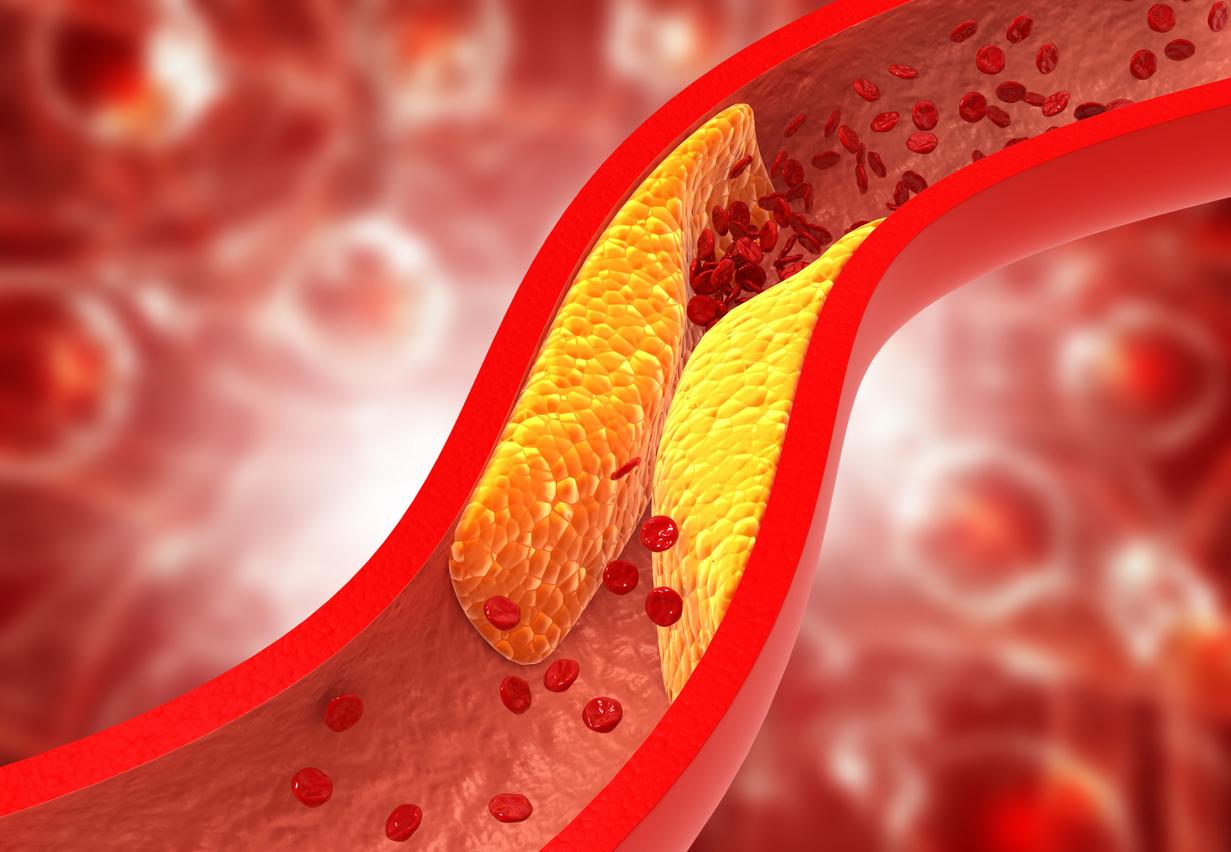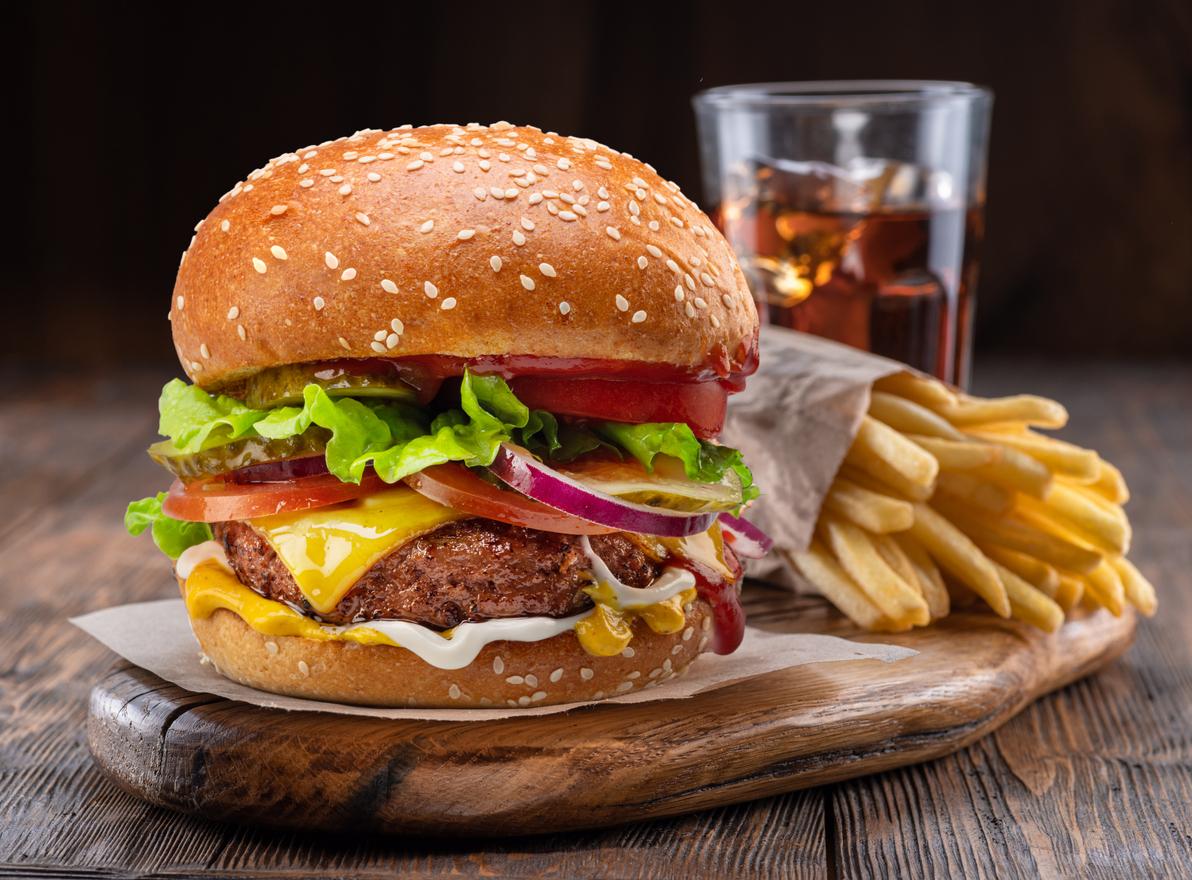
Worse than saturated fat
Trans fat increases the risk of cardiovascular disease and possibly depression. It is more harmful than saturated fat, according to scientists. Fortunately, it is becoming easier in the Netherlands to avoid this type of fat.
Next saturated fats (=wrong) and unsaturated fats (=okay), some products also provide trans fat. This, like saturated fat, increases the risk of cardiovascular disease.
It LDL cholesterol level increases even more with trans fat. According to the Health Council, you should therefore not consume more than one percent of your calories per day. That is about two grams for women and three grams for men.
In addition, a recent study also found a increased risk of depression measured. This was already the case with an average intake of 1.5 grams per day.
Occasional products
Trans fat is mainly created during the production of food, by the hardening of oil and fat. Such as when making hard margarine or solid frying fat. Furthermore, it is mainly found in bakery products, biscuits, pastries and thus fried snacks.
It therefore mainly concerns products that you should not eat too often anyway. An exception to this are spreads for bread, such as margarine and baking and roasting products. These are also very important suppliers of healthy, unsaturated fat. You need some of that every day. If you choose liquid, soft fats, you will get the most healthy fat and less saturated fat and trans fat.
The Netherlands
There are a number of cities in America where the hospitality industry is not allowed to sell products with trans fat by law. In the Netherlands, the government relies on self-regulation. So far that seems to work.
In 2003 a TaskForce Responsible Fatty Acid Composition was set up to reduce trans fat in the Netherlands. This included representatives from the industry, from suppliers of bakery raw materials to Horeca Nederland. With many products, the amount of trans fat is now much smaller. With fats and oils used for frying and as an ingredient in snacks, it has even gone from 9.7 to 0.7 grams per ounce.
Recognizing trans fat
Manufacturers are not required to list the trans fat content on the packaging. Some do, for example, if the content is considerably lower than that of competitors.
However, there is often (some) trans fat in products where the list of ingredients states: ‘vegetable fat, partially hydrogenated’ or ‘hydrogenated fat’. Natural trans fat is also harmful and is found in small amounts in dairy and meat.
summarizing
- Not too many animal products, cookies, pastries and fried snacks
- Baking in liquid baking and roasting products and oils
- Spread the bread with soft low-fat margarine or margarine
Sources:
* Final Report Taskforce Responsible Fatty Acid Composition
* The Nutrition Center









